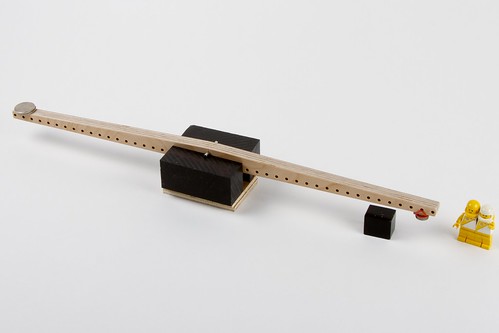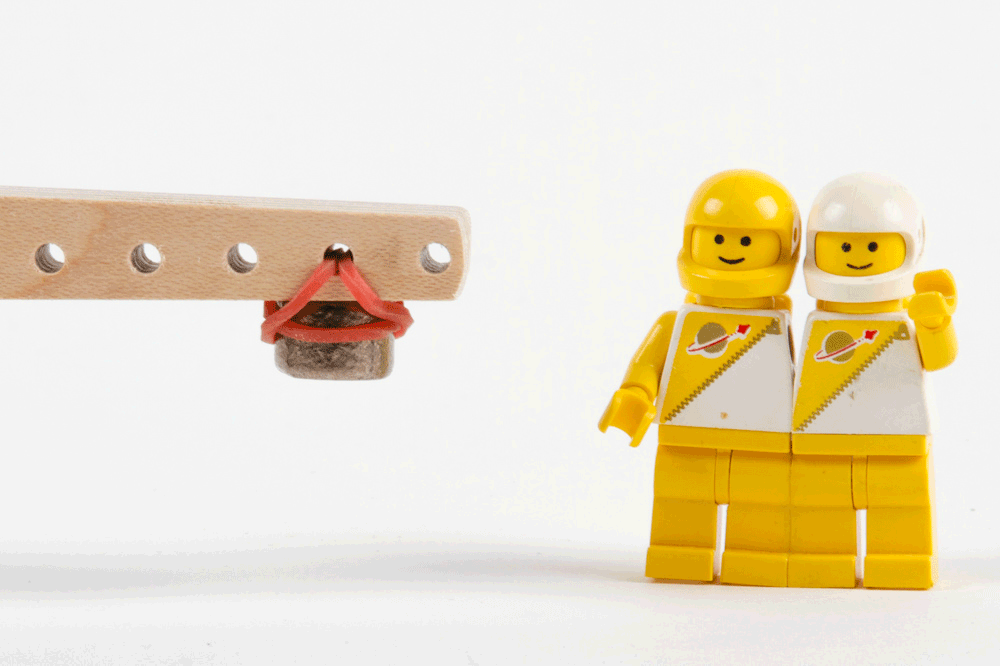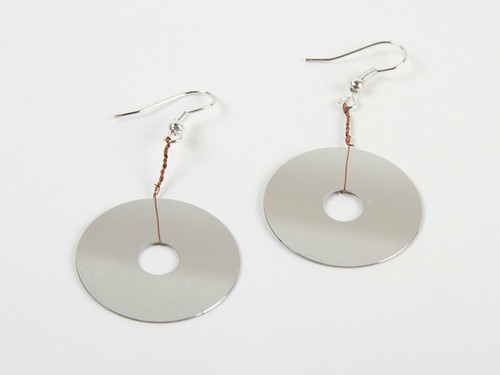The plums on our tree ripened all at once this year! Making this sweet and tart Lemon Plum Jam took care of some of the excess fruit in a tasty way.
Ingredients:
- 4 cups plum pieces (pits removed, skin still on)
- 2 whole lemons—large meyers if you can get them—cut into pieces (seeds removed, peel still on)
- Juice of 2 more lemons
- 1/2 cup water
- 4 cups sugar
Heat the plum and lemon pieces, lemon juice and water in a pot on medium, stirring occasionally. After about 15-20 minutes, the fruit should be softening. Macerate the fruit in the pot—a potato masher works well for this. Add the sugar. Stir regularly and cook to the desired consistency. To test consistency, put a spoonful on a plate in the fridge. If it’s too runny after cooling for a few minutes, keep simmering and test again after a few minutes.
Makes about 2-3 pints.
If you want to can it for longer storage, Ball has a nice introduction to canning (pdf), and additional resources on their website.
Other fruit preserves from the Play with your food archives:



























